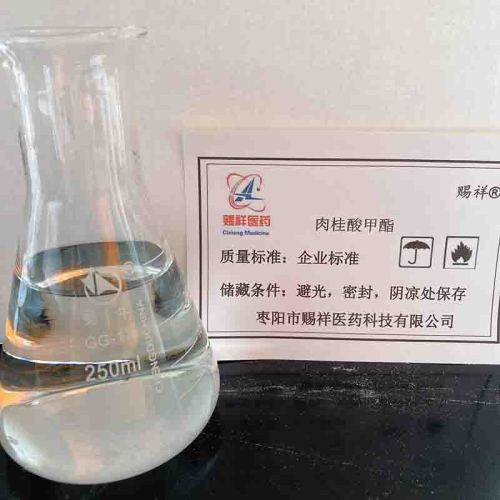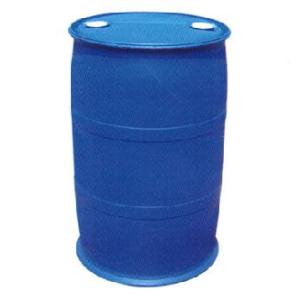On Chemball
My Chemball
+86-571-8627 3270

Zaoyang Cixiang Pharmtech Co.,Ltd.
Zaoyang Cixiang Pharmtech Co.,Ltd.
Main Products:
Methyl Cinnamate / Cinnamic Acid / Cinnamyl Aldehyde / Cinnamyl Alcohol / Benzyl Benzoate / Benzaldehyde / Benzoin / Ethyl Cinnamate / Benzal Acetone / 4-Methoxycinnamic Acid / Trans-Cinnamic Acid


Methyl Cinnamate / CAS 103-26-4
- Overview
- Descriptions
- Sample










